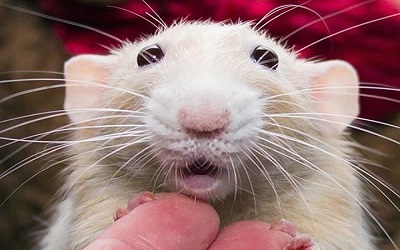随着PTE考生对PTE口语和PTE听力的重视,大家口语和听力的分数得到极大提高,但是PTE阅读渐渐成为考生们新的难题。墨尔本悉尼文波PTE特别为PTE考生们挑选了适合练习PTE阅读的文章,主题,内容,长度都与PTE阅读题中的文章相似。激活学过的词汇,更新新的词汇,提高阅读速度,全面提升自己的阅读能力。
Tickling is a mysterious phenomenon: this specialized form of touch is so powerful that it can send us into almost uncontrollable fits of shrieking, gasping laughter or defenseless pleas for mercy, yet we still don’t understand how it works. Several decades ago, the scientific community was surprised to discover that rats share our susceptibility to tickling, and a study published today in Science reveals more about what happens in a rat’s brain while being tickled.
Many mammal species are sensitive to the light, ticklish annoyance of an insect crawling across their skin, but fewer respond to gargalesis—intense, laughter-inducing tickling. Scientists once thought the effects of gargalesis were limited to highly intelligent, social species such as humans and other primates. However, in 1999, Jaak Panksepp and Jeffrey Burgdorf successfully demonstrated that tickling young rats spurs them into letting out the same supersonic giggles they make during play.
Shimpei Ishiyama and Michael Brecht, coauthors of the present study, decided to build on this research by taking a closer look at how rat brains respond to pleasurable activities like tickling and play. They focused their attention on the somatosensory cortex, a large brain region that responds to tactile information such as touch, pain, temperature and pressure, and has different areas that correspond to different body parts.
tickling: n. 挠痒
shrieking: n. 尖叫
susceptibility: n. 感受性
gargalesis: n.硬搔
primates: n. 灵长类
spur: v. 激励
supersonic: adj. 超声的, 超音速的
somatosensory: adj. (耳、目、口等以外的)体觉的
cortex: n. 皮层
tactile: adj. 触觉的,有触觉的;能触知的





